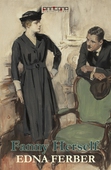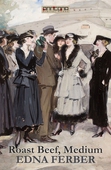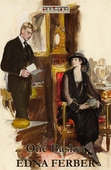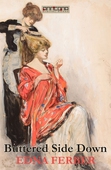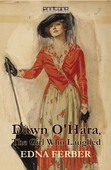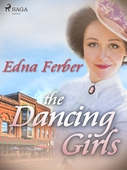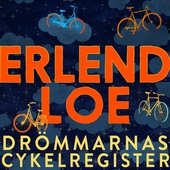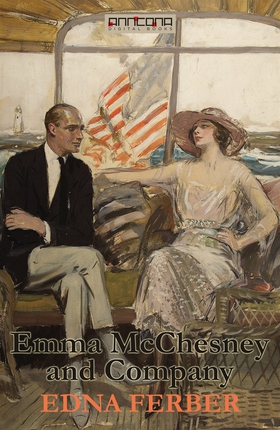
Lägg till önskelistan
Emma McChesney and Company e-bok
Pris
19 kr
Emma McChesney and Company (Emma McChesney trilogy #3) is a novel by American, Pulitzer prize winning novelist Edna Ferber, first published in 1915.
This is the final volume in the trilogy following the smart, stylish, divorced and independent businesswoman Emma McChesney in her career from stenographer, then drummer (traveling salesman) to owner of her own company. (The first was Roast Beef, Medium and the second Personality Plus).
Emma's son, Jock, has moved to Chicago with his new wife. ...
E-Bok
19 kr
Pris
Ljudbok
65 kr
Pris
Förlag
Anncona Media
Utgiven
25 November 2015
Genrer
Romaner, Skönlitteratur
Språk
English
Format
epub
Kopieringsskydd
Vattenmärkt
ISBN
9789176055328
Emma McChesney and Company (Emma McChesney trilogy #3) is a novel by American, Pulitzer prize winning novelist Edna Ferber, first published in 1915.
This is the final volume in the trilogy following the smart, stylish, divorced and independent businesswoman Emma McChesney in her career from stenographer, then drummer (traveling salesman) to owner of her own company. (The first was Roast Beef, Medium and the second Personality Plus).
Emma's son, Jock, has moved to Chicago with his new wife. Emma decides to sell in South America and proves she has not lost her magic touch. Emma gets involved in romance, saving a business and many other things. Emma symbolizes the ideal woman at the dawn of the twentieth century: sharp, capable, charming, and progressive.
Edna Ferber first gained success with these stories and later went on to write Show Boat, Giant and other well known books.
Edna Ferber (1885-1968) was an American novelist, short story writer and playwright. Her novels were especially popular and included the Pulitzer Prize-winning So Big (1924), Show Boat (1926; made into the celebrated 1927 musical), Cimarron (1929; made into the 1931 film which won the Academy Award for Best Picture), and Giant (1952; made into the 1956 Hollywood movie).
Ferber's novels generally featured strong female protagonists, along with a rich and diverse collection of supporting characters. She usually highlighted at least one strong secondary character who faced discrimination ethnically or for other reasons; through this technique, Ferber demonstrated her belief that people are people and that the not-so-pretty people have the best character.

